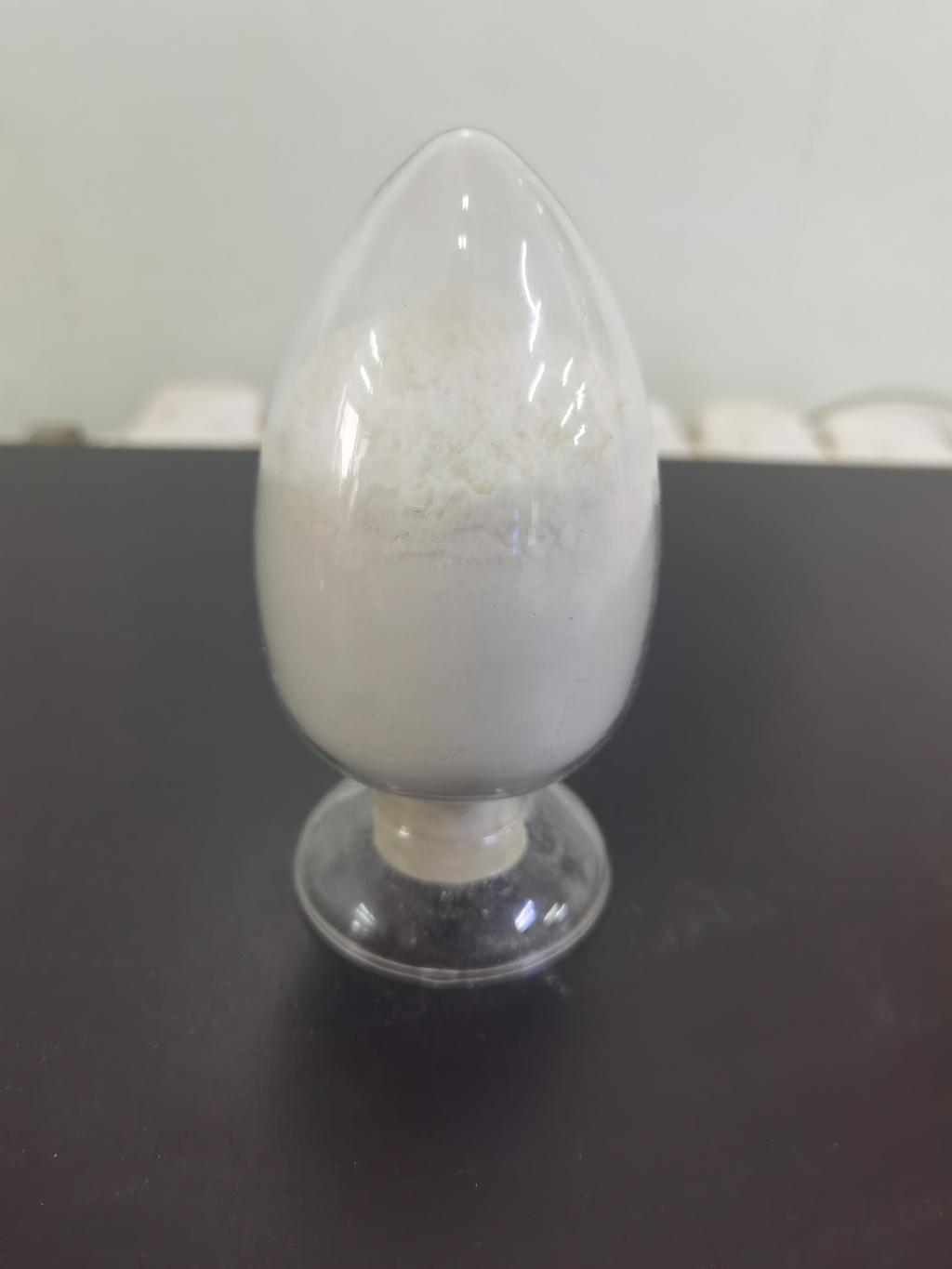Tel:+8618231198596

News
 CONTACT
CONTACT
 CONTACT
CONTACT
- Linkman:Linda Yao
- Tel: +8618231198596
- Email:linda.yao@dcpharma.cn
- Linkman:CHARLES.WANG
- Department:Overseas
- Tel: 0086 0311-85537378 0086 0311-85539701
News
Current Position:
Home >
News
>ε-Polylysine Hydrochloride and Indigenous Food Systems: Harmonizing Tradition
ε-Polylysine Hydrochloride and Indigenous Food Systems: Harmonizing Tradition
TIME:2024-01-03
Indigenous Food Systems: A Tapestry of Culinary Diversity
Indigenous food systems are intricate webs of culinary practices, agricultural techniques, and preservation methods that have sustained communities for generations. Rooted in the local ecosystems, these systems celebrate biodiversity and cultural diversity, reflecting a profound connection between people, land, and traditional knowledge. However, the preservation of indigenous foods has become a pressing concern as communities grapple with changing environmental conditions, globalization, and the need to meet modern food safety standards.
The Significance of Traditional Preservation Techniques
Indigenous communities have long relied on traditional preservation techniques to extend the shelf life of foods without compromising their nutritional value and cultural significance. Methods such as drying, smoking, fermenting, and pickling have been integral to preserving meats, fruits, vegetables, and grains. These techniques not only ensure food security but also contribute to the distinct flavors and textures that define indigenous cuisines.
Challenges in Modern Preservation and Food Safety
While traditional preservation techniques remain essential, modern challenges such as foodborne illnesses, global trade, and the need for extended shelf life have necessitated a reevaluation of preservation methods. Indigenous communities, facing the dual pressures of maintaining cultural integrity and meeting contemporary food safety standards, are seeking innovative solutions that align with both tradition and modernity.
ε-Polylysine Hydrochloride: A Bridge Between Tradition and Modern Preservation
a. Natural Antimicrobial Properties:
ε-Polylysine hydrochloride, derived from the fermentation of Streptomyces albulus, is a natural antimicrobial compound. Its broad-spectrum antimicrobial activity aligns with the traditional goal of preventing spoilage and ensuring the safety of preserved foods.
b. Antioxidant Benefits:
In addition to its antimicrobial properties, ε-polylysine hydrochloride exhibits antioxidant effects. This aligns with the indigenous emphasis on holistic well-being, as antioxidants play a role in combating oxidative stress and promoting health.
c. Compatibility with Traditional Foods:
One of the strengths of ε-polylysine hydrochloride is its compatibility with a wide range of food products. Whether applied to dried meats, fermented vegetables, or traditional condiments, this compound seamlessly integrates into indigenous food systems, offering a modern approach to preservation without compromising the authenticity of flavors.
Applications in Indigenous Food Preservation
a. Enhancing Safety of Fermented Foods:
Fermented foods are a hallmark of many indigenous cuisines. ε-Polylysine hydrochloride can enhance the safety of fermented products by inhibiting the growth of harmful bacteria while allowing the preservation of traditional fermentation processes.
b. Preserving Dried Meats and Fish:
Drying is a traditional preservation method employed by many indigenous communities. The application of ε-polylysine hydrochloride to dried meats and fish extends shelf life, reduces the risk of contamination, and aligns with the cultural importance of these preserved staples.
c. Supporting Pickling and Preservation of Vegetables:
Pickling and preserving vegetables are common practices in indigenous food systems. The incorporation of ε-polylysine hydrochloride helps maintain the crispness and quality of pickled vegetables while ensuring a longer shelf life.
Sustainability and Cultural Sensitivity
a. Sustainable Production:
The fermentation process used to produce ε-polylysine hydrochloride aligns with sustainable principles. Indigenous communities often value sustainable practices, making this compound an attractive option for preserving traditional foods without compromising environmental integrity.
b. Cultural Sensitivity:
It is crucial to approach the integration of ε-polylysine hydrochloride with cultural sensitivity. Engaging with indigenous communities, respecting traditional knowledge, and involving community members in decision-making processes contribute to a collaborative approach that values and preserves cultural heritage.
Overcoming Challenges: Regulatory Compliance and Community Involvement
a. Regulatory Compliance:
The integration of ε-polylysine hydrochloride into indigenous food systems requires careful consideration of regulatory standards. Collaborative efforts with regulatory bodies can help navigate compliance while ensuring that traditional practices are respected.
b. Community Involvement and Empowerment:
Incorporating ε-polylysine hydrochloride should involve the active participation and empowerment of indigenous communities. Community members should be engaged in the decision-making process, ensuring that the introduction of modern preservation methods aligns with cultural values and priorities.
Future Prospects: Balancing Tradition and Innovation
As indigenous communities continue to navigate the complexities of preserving traditional foods, the harmonization of tradition and innovation becomes increasingly critical. ε-Polylysine hydrochloride represents a potential tool in this endeavor, offering a bridge between the rich heritage of indigenous food systems and the demands of modern food safety and preservation.
Collaborative Research and Knowledge Sharing
To optimize the use of ε-polylysine hydrochloride in indigenous food systems, collaborative research initiatives are essential. Engaging with indigenous communities, respecting traditional knowledge, and fostering partnerships between researchers, food scientists, and community members can contribute to shared learning and the development of sustainable and culturally sensitive preservation practices.
Conclusion: Preserving Heritage, Ensuring Safety
In the pursuit of preserving indigenous food systems, ε-polylysine hydrochloride emerges as a promising ally, offering a bridge between tradition and modernity. By harnessing its natural antimicrobial and antioxidant properties, communities can enhance the safety and longevity of their traditional foods while preserving the cultural identity embedded in every bite. Balancing tradition with innovation, sustainability with regulatory compliance, and community involvement with scientific advancements, ε-polylysine hydrochloride exemplifies the potential for harmonizing the past and the present in the service of a vibrant and resilient culinary heritage.
- Tel:+8618231198596
- Whatsapp:18231198596
- Chat With Skype







